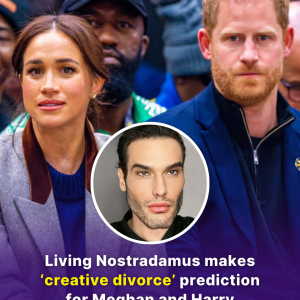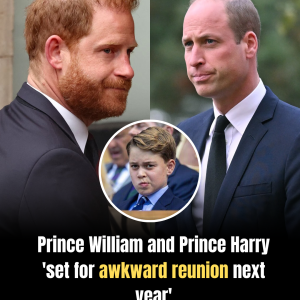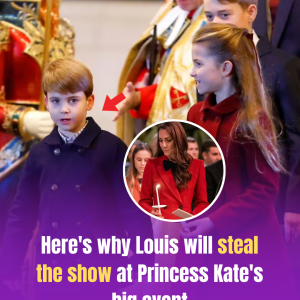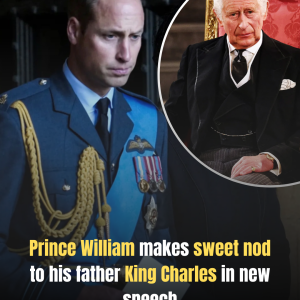A high-profile military parade in Washington D.C. this weekend has sparked an unexpected online debate — and not for reasons of grandeur or pride. Instead, the U.S. Army’s 250th anniversary celebration has drawn mixed reactions after social media users claimed that the marching formation of troops might have carried a not-so-subtle message of protest.
The event, held on Saturday, June 14, marked a rare moment in American ceremonial history. It was the first large-scale military parade of its kind since 1991, featuring more than 6,600 service members, military tanks, and even robotic dogs. Former President Donald Trump, 78, attended alongside his wife Melania, military leaders, and members of his former administration.
The celebration came with a hefty price tag — reportedly around $45 million — and included a speech by Trump, who praised the courage and legacy of American soldiers:

“Tonight, we affirm with unwavering certainty that in the years ahead… the American Soldier will be there.”
But while the intent of the event was to honor the military, online reactions suggested a different narrative. Several clips circulated on platforms like X (formerly Twitter), showing troops marching in a way that some called “uncoordinated” and “unenthusiastic.” Crowds appeared sparse in some camera angles, prompting speculation that enthusiasm for the event — both among soldiers and civilians — may have been less than overwhelming.
One social media user, claiming experience in military parades, criticized the performance as “the sloppiest marching” they had ever seen, interpreting it as a quiet rebuke aimed at the former president. Others echoed the sentiment, suggesting the troops’ relaxed demeanor conveyed resistance or discontent rather than ceremonial pride.

“It’s not patriotism — it’s protest in uniform,” one user wrote.
Others were more cautious in their interpretation, noting that camera angles, heat, and sheer scale of the event could have contributed to the seemingly disjointed marching. Military formations can differ based on unit type, weather, and rehearsal time — especially in events involving thousands of troops.
Despite the online criticism, the White House released a statement claiming over 250,000 people had attended the parade to honor the Army’s milestone. Some independent observers, however, questioned that figure, citing visible empty bleachers in certain areas.
I’ve marched in more military parades than I even care to remember.
Probably watched dozens more as a spectator.
And this is easily the worst and sloppiest marching I’ve ever witnessed at a formal military parade.
It feels like a big “fuck you” to Trump from the soldiers. pic.twitter.com/TIYlAbghbv
— Christopher David (@Tazerface16) June 15, 2025
Adding to the public’s scrutiny of Trump’s connection with the military, media outlets resurfaced the former president’s controversial draft history. Trump received five deferments during the Vietnam War era — four for education, and one for a medical diagnosis of bone spurs, a condition that kept him from serving.
Though not directly related to the parade, this aspect of Trump’s history has often been cited by critics as contradictory to his strong military rhetoric during his presidency.
A Broader Question: Interpreting Symbolism in Military Displays

While it’s difficult to determine intent based solely on footage, the discussion triggered by this parade reflects a broader cultural conversation: can body language, morale, and formation in public military events carry political weight? Or are such interpretations simply projections from a divided audience?
As always, the line between perception and reality remains blurred — especially when politics and pageantry collide.




